Students will start with the basics of how to sharpen knives and prepare sushi rice. By learning from the basis of Edo-mae sushi techniques, students will acquire skills that can be used in high-end sushi restaurants.
Part of the lecture includes working in actual restaurants, students will learn practical preparation and counter sales manners.
Students will learn market purchasing and fish connoisseurship, as well as receive instruction to pass the Tsumoto-style (fish nerve-closure and maturing techniques) certification test while in school.
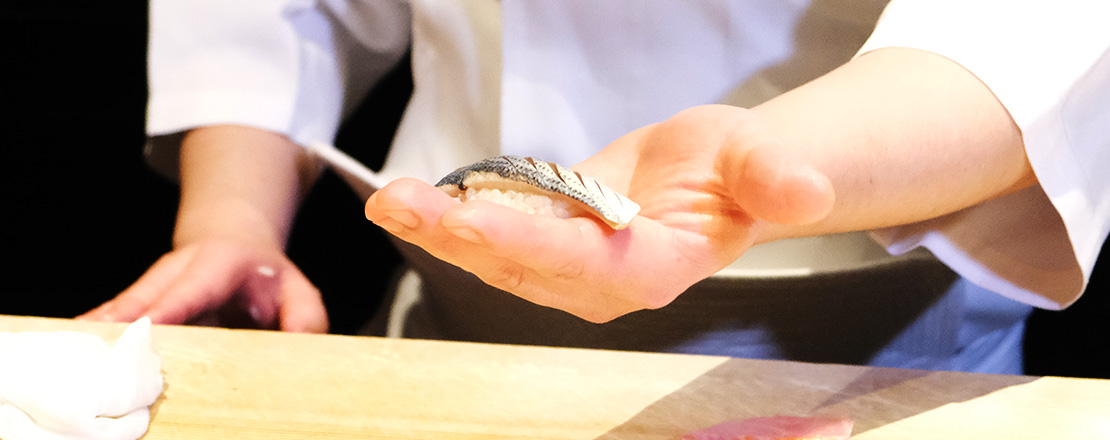
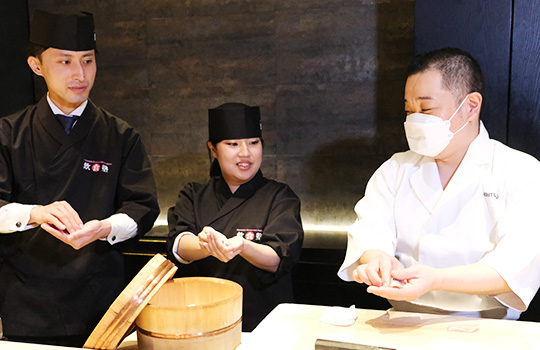
Types of knives, carrying precautions, how to use them according to different cooking, handling, and sharpening
How to handle basic utensils used in a sushi restaurant, such as a sushi table, colander, grater, etc.
How to prepare vinegar and seasoning for rice
Types of rice, how to cook, and prepare sushi rice
Types of fish by region, differences between natural and farmed fish, seasonal distribution amounts, and distribution methods from fishing to market
How to fillet small fish, basic fish preparation
From the basics of how to fillet Blue-backed fish, white-meat fish, crustaceans, shellfish, and river fish to nigiri
A classroom lecture on egg types and freshness, and a sushi restaurant egg roasting test (to check proficiency)
Learn how to connoisseur and purchase from wholesale professionals at the Toyosu Market
The first time for a sushi school to offer the “Tsumoto style” for keeping fish fresh: theoretical study and practical skills.
Learn modern preservation techniques (freezing, aging, etc.)”
Learn the basics of operations
Practical mock sales skills (customer service, order taking, nigiri, serving, and checkout) in a restaurant adjacent to the classroom
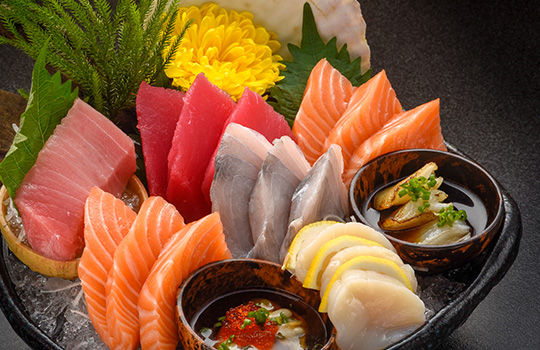
Repeatedly practice how to carefully and speedily fillet fish learned in the previous term
Practical skills in sushi rolls, pressed sushi, stick sushi, box sushi, and inari sushi
Practical skills and examination of Tsukuri-mori and sushi oke.
Five methods of cooking (cutting, steaming, boiling, baking, and deep frying) using one fish
Sushi rolls and other creative sushi techniques
Practical skills in preparing an itemized menu in assembling a course meal
Basic lecture on beverages served at sushi restaurants and how to handle them
Lecture by the owner of a popular sushi restaurant on his hardships and commitment to the management of his restaurant
Marketing Lecture on Creating a Sushi Restaurant that will not go out of business
Repetitive Practice for the “Tsumoto-style” Certification Examination
The actual management of the restaurant while being in charge of the kitchen, cooking assistance, and hall service, in order
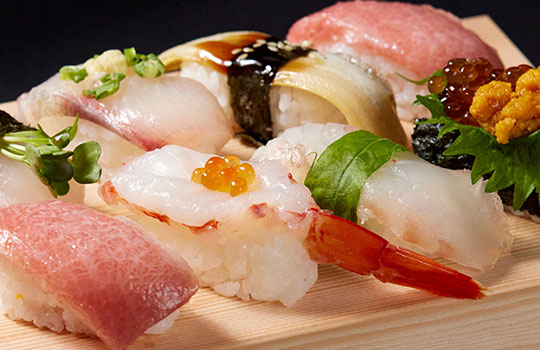
Lecture on Culinary and Pricing of a single fish
Assessing the condition of fresh fish purchased, creating menus, and hands-on cooking and nigiri skills
Lecture by Mr. Tsumoto, 2-star certification test for certified technicians (*)
*Only those who have passed the eligibility test held in advance at the school are eligible to take the exam.
Money lectures on opening a business
Lectures from concept design to menu creation and sushi restaurant opening presentation lectures
The actual management of the restaurant while being in charge of the kitchen, cooking assistance, and hall service, in order
A test of offering a sushi course meal to invited acquaintances
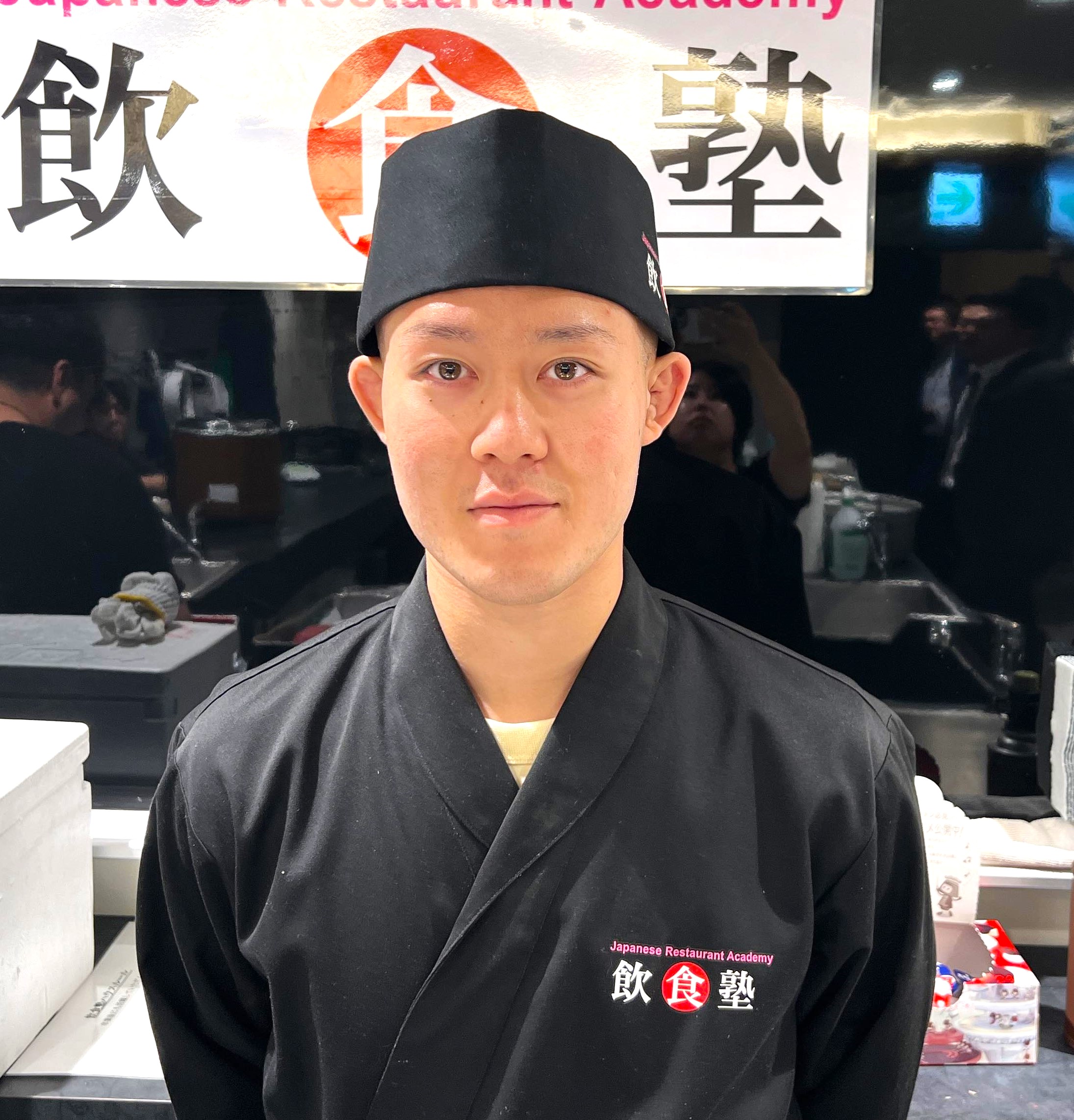
Biography
Since my childhood, I have been captivated by the attractiveness of sushi, and at 18 years old, I went into the sushi industry. At 22, I became independent in the field of sushi catering. Recognizing my skills and characteristics, I was invited to the homes of celebrities and participated in projects with influential YouTubers.
While running my own business, I also sought to learn the traditional Edo-style sushi at other sushi restaurants, devoting myself to learning through daily practice and dedication. My strength is not only in the technical expertise behind the scenes but also in the captivating artistry when I am in front of the customers.
What he values in undertaking lecturer at the Japanese Restaurant Academy
I approach each student with enthusiasm and passion, providing guidance that meets their individual needs and teaching practical skills.
I encourage students to foster their creativity and inspire them, providing an environment that supports their growth and development.
Message to those who are thinking about joining the school
This path is a continuous journey of challenges and efforts, but at the same time, it will bring a great sense of fulfillment and satisfaction.
At this school, you will have the opportunity to acquire comprehensive knowledge and skills, from the basics to advanced techniques of sushi making. You will learn various elements, such as Japan’s traditional sushi culture, cooking methods, selecting the finest seafood, and mastering the art of handling ingredients.
After enrollment, perticipate in your classes and training with focus and passion. The mastery of delicate techniques and adapting to a demanding environment require time and dedication, but through this process, you will grow and develop reliable skills.
Moreover, cherish the bonds with your peers. It is crucial to strive together with fellow students who share the same goals, supporting and helping each other. By encouraging and learning from one another, you can have a more fulfilling experience here.
Finally, embrace the courage and decisiveness to pursue your dreams, and enjoy your learning journey here. This invaluable experience will bring greatly benefit your future career. With confidence and a willingness to continue challenging yourself, you can embark on the path of becoming an exceptional sushi chef.
I sincerely support you and look forward to your wonderful learning and achievements here. Good luck!

Biography
Worked at the market (Ota Market Fisheries for 3 years, mainly dealing with tuna at Tsukiji Market).
After the decision was made to open the Toyosu Market, he was put in charge of the processing room and introduced the Tsumoto style. He became the first Tsumoto-style certified engineer for the Toyosu Market, and is currently a 3-star Engineer*.
In May 2022, he will start a corporation while working at the market and begin guiding companies and stores outside the market.
Currently, in addition to his wholesaling duties in the market, he also teaches blood removal, fastening, and transport methods at aquaculture farms, Tsumoto-style techniques at fisheries technology centers and fish processing plants, and fish handling methods at restaurants.
What he values in undertaking lecturer at the Japanese Restaurant Academy
I will teach the technique of removing blood using the Tsumoto style and how to maintain freshness, and pass on the knowledge that will be useful for future restaurant management.
Message to those who are thinking about joining the school
By learning the Tsumoto style, we shall understand the structure of fish and the potential that fish have.
*Tsuhon style has 2-star and 3-star certification exams according to technical skills.
There are currently six certified technicians in the country with three stars.
| Duration of the course | 3 months | Starting month | 5 January / April 2023 |
|---|---|---|---|
| Admission fee | ¥110,000 (tax included) | Course fee | ¥ 1,210,000 yen (tax included) |
| Other actual expenses | instructional book, knife set, unifrom, hat Approx. 50,000 yen |
|---|---|
| Major employers | sushi restaurants, Japanese restaurants, independent businesses |
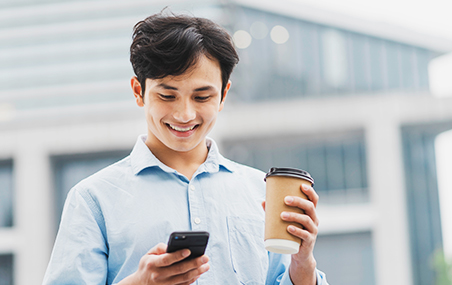
Please apply by form, LINE, or by phone. We recommend LINE(https://lin.ee/VB8vAf5), which is a relatively easy way to contact us.
TEL:03-5989-0410

You can tour the school building and the restaurants. The school building is conveniently located at a 5-minute walk from Shinjuku Station. After the tour, an advisor will give you a detailed explanation of the school and its courses, if desired.
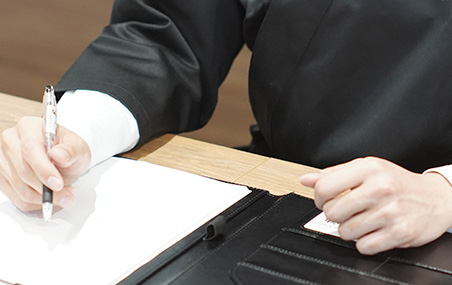
Please submit an application form for admission.You will receive an email with course confirmation and payment instructions.
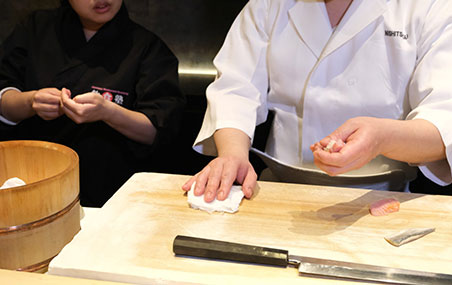
Enrollment will begin upon completion of the enrollment process and payment of the course fee. The timing of the start of the course varies depending on the course.